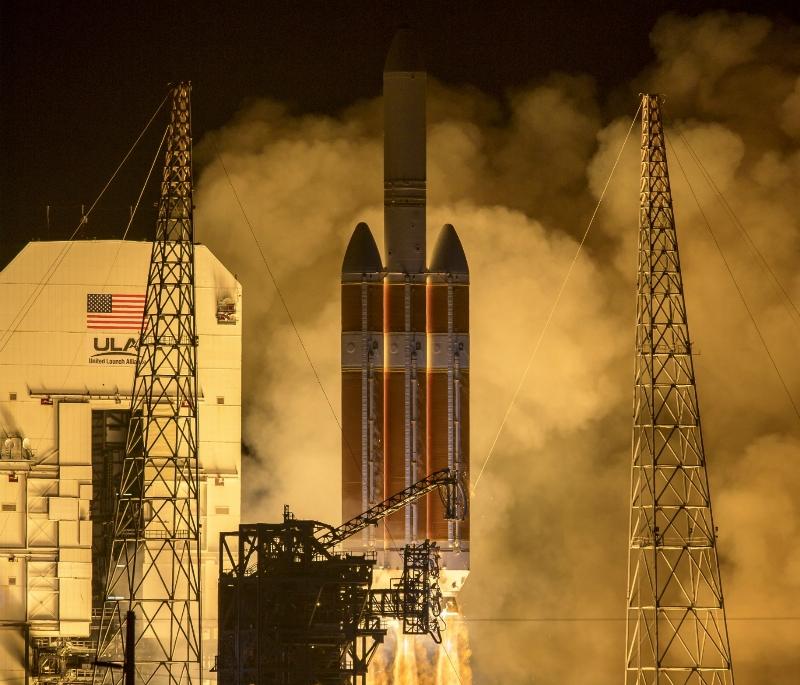The United Launch Alliance (ULA) has launched NASA’s Parker Solar Probe into space from Space Launch Complex-37 at Cape Canaveral Air Force Station in Florida, US.
Launched onboard ULA’s Delta IV Heavy rocket, this mission intends to study the solar atmosphere, known as the Sun’s corona.
Part of NASA’s Living with a Star programme to explore aspects of the Sun-Earth system that directly affect life and society, the Parker Solar Probe is equipped with four instruments to study magnetic fields, plasma and energetic particles, as well as capture images of the solar wind.
In addition to designing and building the Parker Solar Probe, Johns Hopkins University Applied Physics Laboratory (APL) will operate the instrument.
APL project scientist Nicola Fox said: “Exploring the Sun’s corona with a spacecraft has been one of the hardest challenges for space exploration.
“We’re finally going to be able to answer questions about the corona and solar wind raised by Gene Parker in 1958, using a spacecraft that bears his name, and I can’t wait to find out what discoveries we make.”
